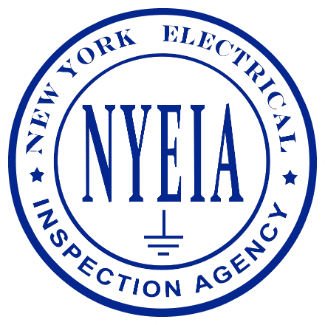Electrical safety is a crucial consideration in any home or building, and two key components that help protect against electrical hazards are Arc Fault Circuit Interrupter (AFCI) and Ground Fault Circuit Interrupter (GFCI). Both AFCI and GFCI provide critical protections but serve very different purposes. Understanding how they work, where they should be installed, and whether one cancels out the need for the other is important for homeowners and electricians alike.
What is AFCI Protection?
An Arc Fault Circuit Interrupter (AFCI) is designed to detect and prevent electrical fires caused by dangerous arcing conditions. Arcing occurs when there is an unintentional electrical discharge, often caused by damaged or degraded wires, loose connections, or faulty appliances. These arcs generate intense heat that can ignite surrounding materials, leading to house fires.
An AFCI monitors the electrical circuit for any irregularities or arc patterns and shuts down the circuit when a potentially dangerous arc is detected, preventing a fire before it can start. AFCI protection is required in many areas of a home, such as living rooms, bedrooms, hallways, and other spaces where electrical devices are commonly used.
What is GFCI Protection?
A GFCI (Ground Fault Circuit Interrupter) protects people from electric shock, especially in areas where water is present, such as kitchens, bathrooms, garages, and outdoor spaces. GFCI’s work by detecting differences in the electrical current between the hot and neutral wires. If there is an imbalance—indicating that current is leaking from the circuit, possibly through a person—the GFCI shuts off the power almost immediately to prevent serious injury or death.
The primary function of a GFCI is personal protection, focusing on preventing electrical shock and electrocution, particularly in wet or damp environments.
Do AFCI and GFCI Serve the Same Purpose?
No, AFCI and GFCI serve completely different purposes. While both are essential for electrical safety, they address different hazards:
- AFCI protects against electrical fires caused by arc faults.
- GFCI protects against electrical shock and electrocution caused by ground faults.
Do AFCI and GFCI Cancel Each Other Out?
No, AFCI and GFCI do not cancel each other out. In fact, they are often used together to provide comprehensive protection. Since they serve different safety functions—AFCI protecting against fires and GFCI protecting against electrical shock—it’s important to use both types of protection in areas where they are required by code or where safety risks are present such as kitchens.
In modern electrical systems, you might find combination devices that provide both AFCI and GFCI protection in a single unit, ensuring coverage against both arc faults and ground faults on the same circuit. These combination AFCI/GFCI breakers or outlets are especially useful in areas like kitchens and laundry rooms where both electrical shock and fire hazards may exist.
Where Should AFCI and GFCI Be Installed?
- AFCI protection is typically required in most habitable spaces, such as bedrooms, living rooms, dining rooms, kitchens, and other common areas. As electrical codes evolve, the requirement for AFCI protection has expanded to more areas of the home.
- GFCI protection is required in locations near water, such as kitchens, bathrooms, laundry rooms, garages, basements, and outdoor areas. These areas pose a higher risk of ground faults due to the presence of moisture, which can conduct electricity and lead to electric shock.
Some circuits, such as those in a kitchen or laundry room, require both AFCI and GFCI protection to meet code requirements. In such cases, dual-function devices or separate AFCI and GFCI devices may be installed to provide the necessary protection.
AFCI vs GFCI: Can You Have Both on the Same Circuit?
Yes, you can have both AFCI and GFCI protection on the same circuit. This setup does not cause interference between the devices, and one type of protection does not negate or cancel out the other. The AFCI continues to monitor for arc faults, while the GFCI monitors for ground faults. Having both types of protection on critical circuits, such as kitchen or bathroom outlets, ensures maximum safety.
For example, modern electrical panels often feature AFCI/GFCI dual-function circuit breakers, which provide both protections on a single circuit. These combination breakers are a convenient way to ensure that a circuit is fully protected from both fire hazards and shock risks.
In summary, AFCI and GFCI protections do not cancel each other out; rather, they complement each other by addressing different electrical hazards. While AFCIs protect against electrical fires by detecting arc faults, GFCIs protect against electric shock by detecting ground faults. Both devices are essential for ensuring electrical safety in a home, and in many cases, both are required to meet modern electrical codes.
By understanding the different roles of AFCI and GFCI protection and installing them in the appropriate locations, homeowners and electricians can significantly reduce the risk of electrical fires and injuries, making homes safer for everyone.
